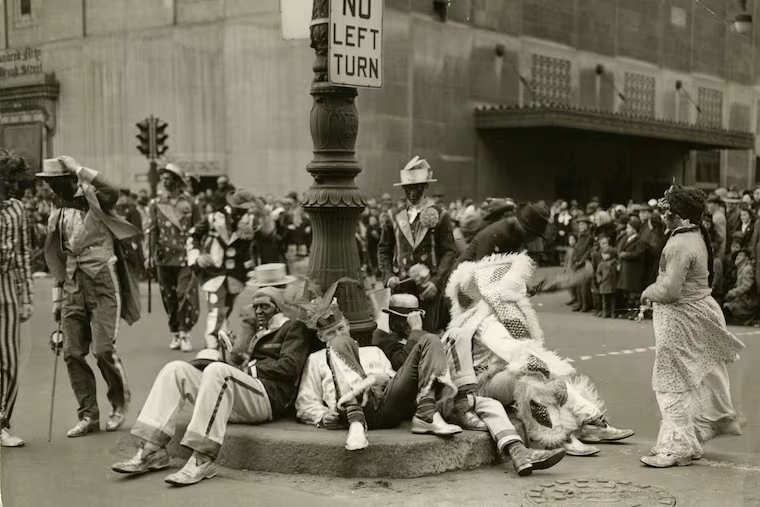What you need to know about Philly's long, shameful history of blackface
There's a lot of Philadelphia history to be proud of - and then there are some stories we tend to push under the rug. Christian DuComb's new book is about those kinds of stories.
